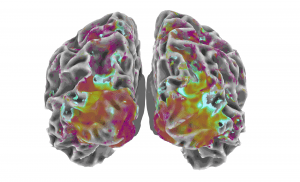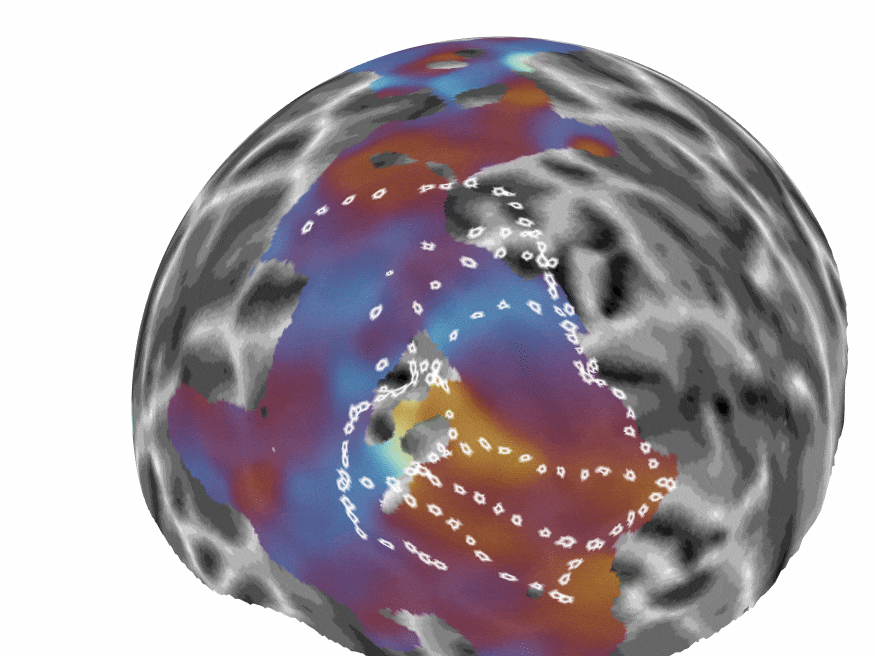
Projects
Visual scotomas
We use functional MRI and population receptive field analysis to map the extend of visual scotomas and better understand the processes of filling-in and experience-dependent plasticity. This work started out with a collaboration with Derek Arnold and Alex Puckett at the University of Queensland, Brisbane, Australia, funded by a FRDF New Staff grant. Our next step is to apply these methods to study and treat visual field defects in conditions like stroke and glaucoma.
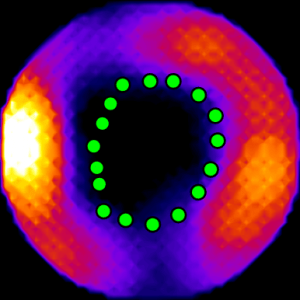
Visual object size
An on-going research interest of the lab has been to better understand how we infer the size of visual objects. Experiments in this project involve psychophysics and functional brain imaging to investigate neural mechanisms.
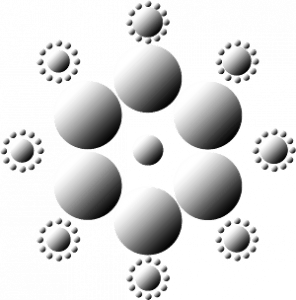
Interplay of perception & behaviour
In collaboration with Phil Turnbull, our School’s virtual reality expert, we use VR and psychophysics to study how perception influences cognition and behaivour. For instance, we are interested in how motorists perceive their driving speed and how we can use visual processing principles to make driving safer. In the same vein, we also conduct real-world experiments to test how visual processing (especially perceptual illusions) affect things like dart-throwing performance.

Mental imagery
Mixing qualitative and quantitative techniques, we explore the diversity of mental visual imagery and how this relates to mental health and general well-being. Through novel perceptual tasks, brain imaging, and physiological markers we seek to better understand the mechanisms giving rise to these different expressions.

Awareness & Grouping
We use psychophysics and functional brain imaging to understand how the brain organises visual inputs in the absence of awareness.
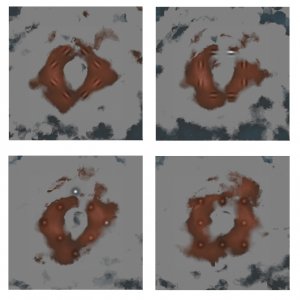
Mapping connections
We use recent advances in neuroimaging analysis techniques to map the fine-grained spatial organisation of functional connectivity between brain areas. Using such procedures allows us to map the functional architecture of visual brain areas while participants watch movies or play video games, obviating the need for constraining conditions typically required by such studies.
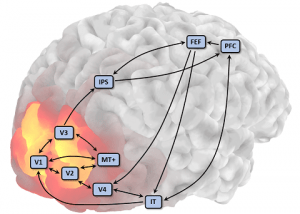
Spatial tuning
We use functional MRI and to better study the potential links between receptive field sizes in visual cortex and spatial vision. This project is part of the larger research program The cortical limit on visual acuity supported by the RSNZ Marsden Fund (PI: Steven Dakin).
